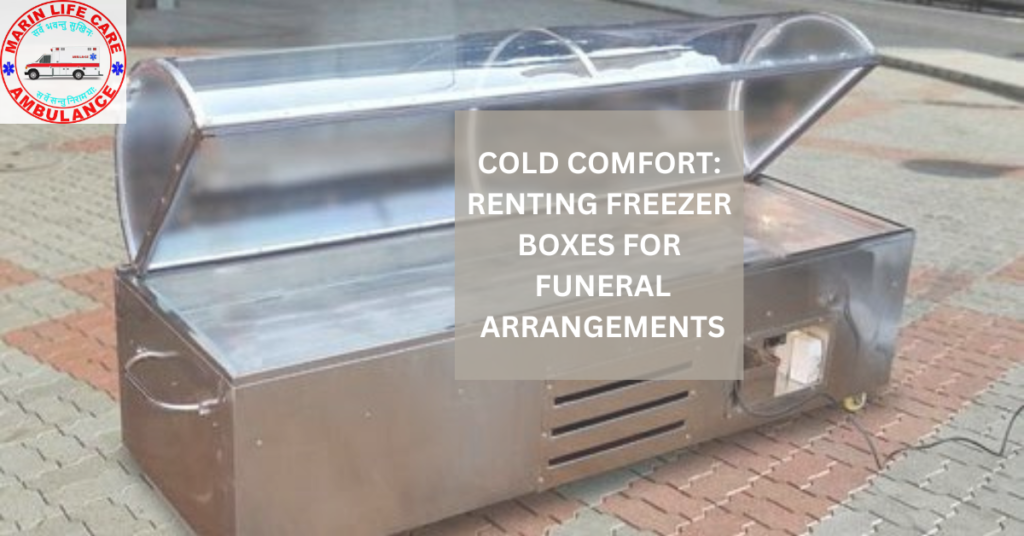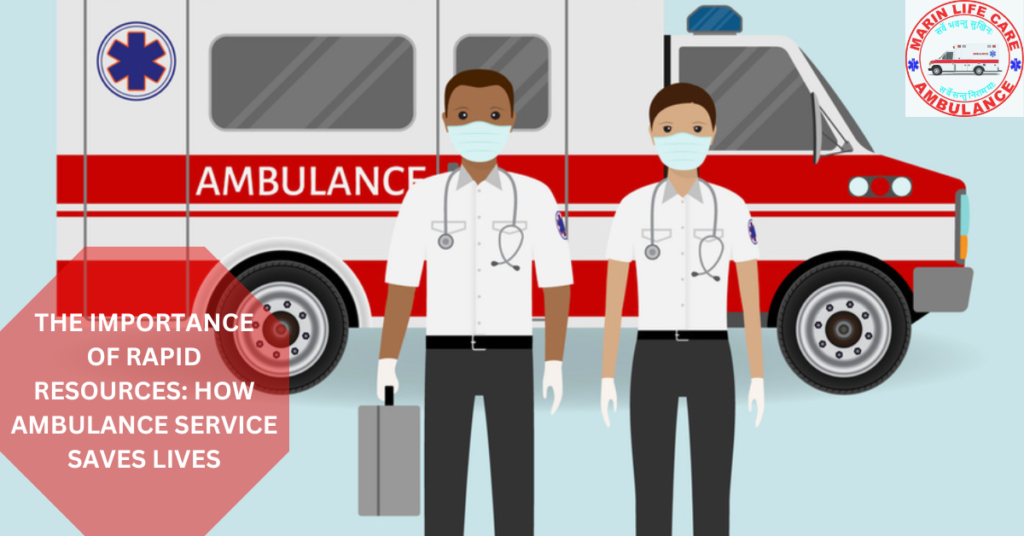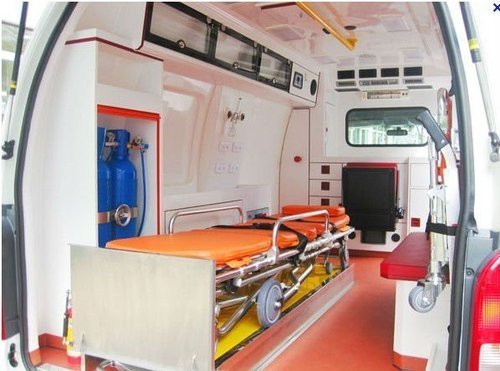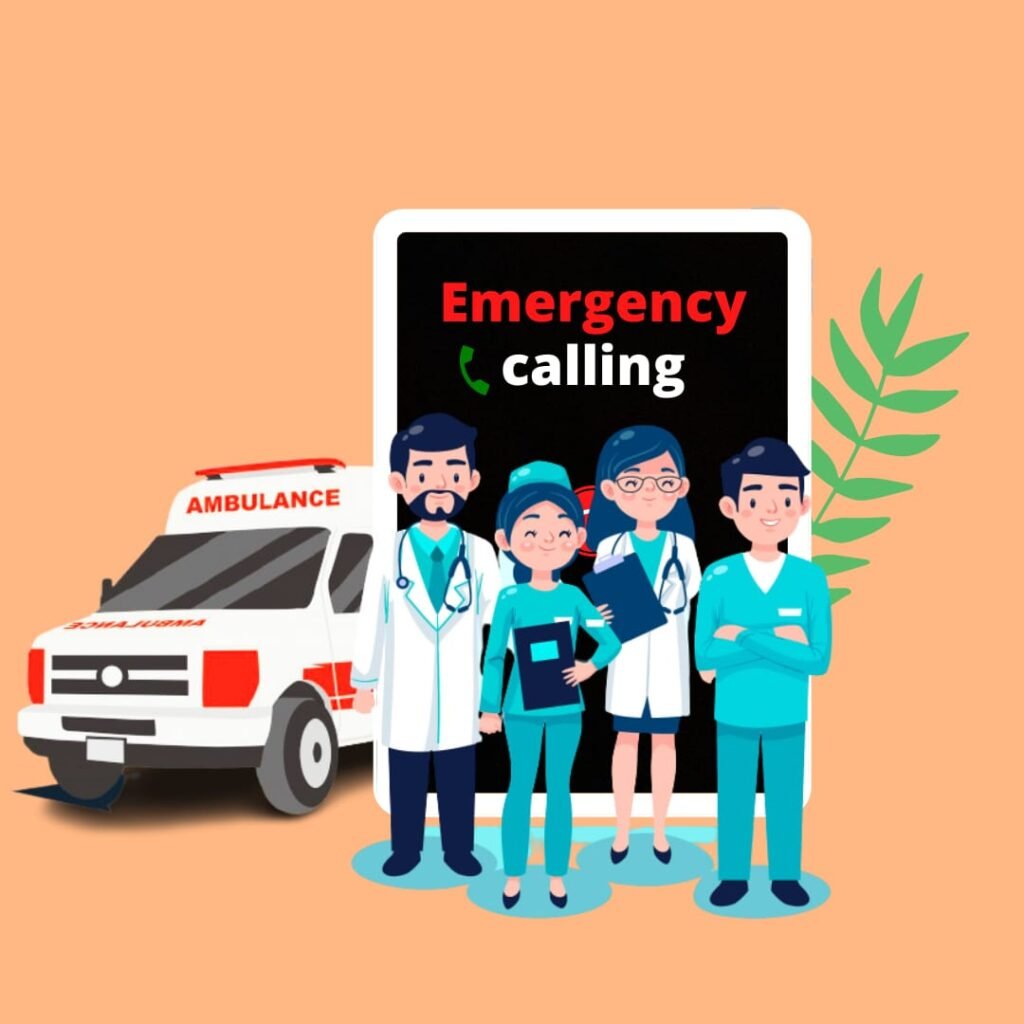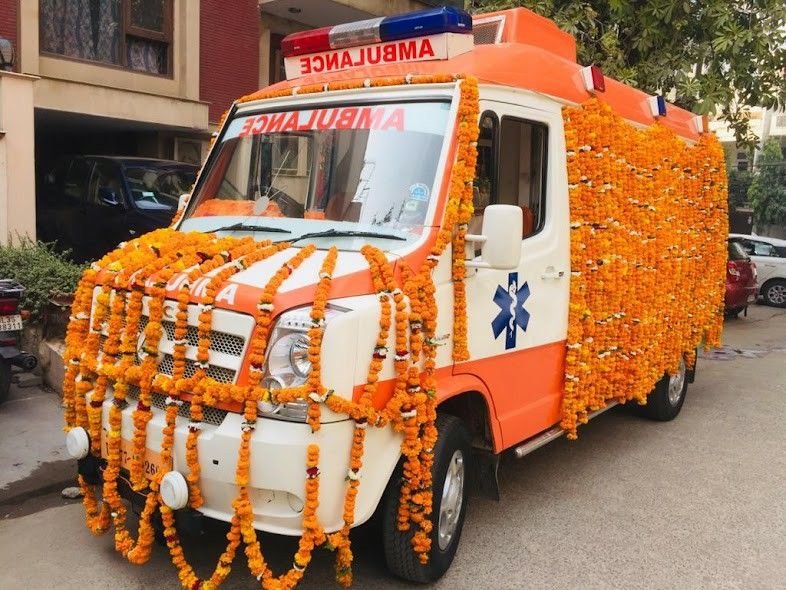Ambulance services are as vital in the field of emergency healthcare as other services. The pillars of these life-saving units are prompt response, high-quality medical care, and effective conveyance. As the first line of defense in an emergency, ambulance services stand between the scene of a collision or other medical emergency and the hospital.
The Role Of Ambulance Services
- Quick response: Ambulance services are intended to respond to crises quickly. Time is of the essence in any medical emergency, be it a vehicle accident, heart attack, stroke, or other medical catastrophe. Emergency medical technicians are skilled in making rapid assessments of the situation, stabilizing patients, and starting critical medical procedures. Every minute that goes by without care in severe circumstances like cardiac arrest drastically reduces the likelihood of life. Emergency medical services strive to reduce this time as they arrive on the scene quickly and start life-saving procedures.
- Emergency medical care: ambulances are furnished with a variety of medical supplies and equipment to handle a variety of emergencies. Aside from carrying oxygen tanks, defibrillators, and prescription drugs, ambulances also function as mobile emergency rooms that may provide emergency medical care. The emergency medical technicians and paramedics who work on board are qualified to treat patients, manage airways, stop bleeding, do CPR, and stabilize them until they get to the hospital. Their knowledge may be the difference between life and death in dire circumstances.
- Transportation: ambulances are the main means of transportation for patients in need of immediate medical assistance. They are outfitted with specialized stretchers and immobilization gear for safe patient transportation to ensure patient care continuity during the journey. Ambulance crews choose the most suitable location in consultation with hospitals, considering the medical needs and condition of patients. Ambulances use modern driving skills and are legally allowed to speed through traffic in situations where time is of the essence, such as severe trauma or urgent medical problems, which significantly reduces transit time.
Challenges Faced By Ambulance Services
There are many challenges faced by ambulance services such as:
- Resource restrictions: ambulance services frequently deal with resources such as funding limitations, a lack of employees, and outdated equipment. Financial limitations may affect the quality of care provided, response times, and service availability. Insufficient staffing, especially in remote regions, can cause ambulance crews to become weary and put more strain on already-trained staff members. Additionally, Ambulance service in delhi are unable to keep up with technological improvements due to the expensive expense of maintaining and upgrading medical equipment.
- Geographic and logistical difficulties: Geographical elements including isolated places, rugged terrain, and bad weather can present serious difficulties for emergency medical assistance. There may be less availability of emergency medical care in remote or hilly places, necessitating longer response times and off-road vehicles. Aside from impeding ambulance response times, logistical problems like traffic congestion, road closures, and manoeuvring through congested environments can also have an impact on patient outcomes.
- Mental health and trauma: ambulance crews may experience negative effects on their mental health and general well-being because they deal with stressful situations and traumatic events regularly. Ambulance workers may develop post-traumatic stress disorder (PTSD), anxiety, depression, and burnout as a result of seeing accidents, caring for critically ill patients, and encountering life-threatening circumstances. The mental health of the team is frequently disregarded, despite the critical role they play in providing emergency healthcare. This underscores the significance of offering sufficient assistance and resources to address these issues.
Advancements In Ambulance Services
There are many advancements in ambulance services such as:
- Technological innovations: technological advancements have completely transformed ambulance services through improving patient care, communication, and operational efficiency. Mobile telemedicine applications enhance treatment protocols and decision-making as they allow paramedics to interact with doctors in real time. Ambulance dispatch and navigation are optimized using GPS tracking systems and routing software, which shortens response times and enhances resource distribution. Portable ultrasound equipment, point-of-care diagnostic kits, and automated external defibrillators (AEDs) enable emergency medical teams to provide cutting-edge treatments on the spot, enhancing patient outcomes.
- Telemedicine and remote monitoring: These technologies allow ambulance crews to send vital signs, electrocardiograms, and other medical data to receiving hospitals before arriving. This makes it possible for doctors to get ready for new patients, expedite the triage process, and start the right treatments as soon as the patient arrives. Additionally, telemedicine makes it possible for medical doctors and ambulance crews to confer virtually, guaranteeing prompt access to professional advice and improving the standard of care in underserved or rural areas.
- Community paramedicine programs: Community paramedicine programs include chronic illness management, preventive care, and community outreach activities in addition to the standard emergency response function of ambulance services. Paramedics work in conjunction with primary care physicians, social workers, and other healthcare professionals to offer underprivileged people comprehensive care to reduce emergency room visits and hospital readmissions. These programs provide targeted interventions to vulnerable communities to address the underlying social determinants of health and promote health equity.
Impact Of Ambulance Services On Society
There is a large impact of ambulance services on society. Following are some of the major fields of impact:
- Preserving lives: Ambulance services are essential in preserving life and lowering death rates related to medical crises and severe trauma. Patients in critical condition have a much higher chance of surviving when they receive prompt attention, professional medical attention, and timely transportation to definitive care facilities. Ambulance workers save lives every day all over the world by providing critical medical procedures that can mean the difference between life and death.
- Improving public safety: ambulance services help to improve public safety as they provide emergency medical attention at the scene of collisions, natural disasters, and mass casualty occurrences. Their presence helps to lessen the negative effects of catastrophes on public health and well-being because they ensure that people in need of aid receive prompt assistance and adequate medical treatment. Ambulance crews work in conjunction with other emergency responders such as the fire and law enforcement agencies to facilitate efficient incident management and coordinate multi-agency responses.
- Improving health outcomes: Ambulance services help people with acute medical problems or injuries receive better health outcomes as they give them prompt access to emergency medical care. Effective resuscitation techniques, prompt evacuation to specialized medical facilities, and early intervention maximize recovery prospects and reduce the risk of sequelae or long-term incapacity. Ambulance services also contribute to prevention by lowering the frequency of emergencies and encouraging healthy lifestyles through public health campaigns, injury prevention programs, and community education.
Therefore, ambulance services are part of emergency medical care, giving vital medical attention as well as transportation to people in need. Ambulance services continue to develop and innovate to meet the increasing demands of emergency medical response, even in the face of several barriers, such as the lack of resources and logistical hassles. The way ambulance services run has changed as a result of technological developments, telemedicine solutions, and community paramedicine initiatives, which have also improved patient outcomes and increased public safety. Ambulance crews are front-line responders that represent commitment, empathy, and professionalism. They have a significant positive social influence as they save lives and maintain health. Marin Life Care is the best ICU ambulance service in Delhi if you are searching for the top ambulance facilities.




